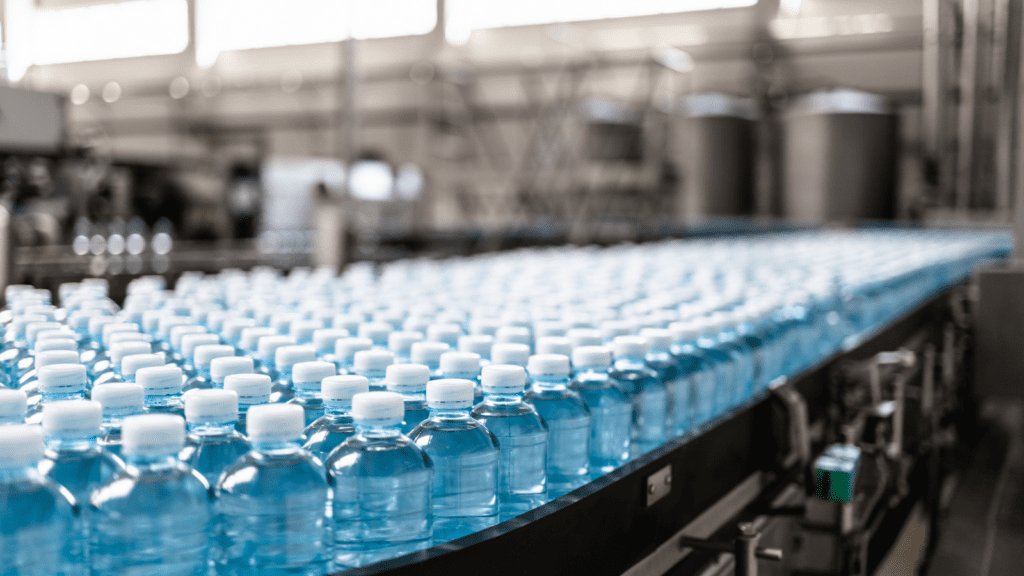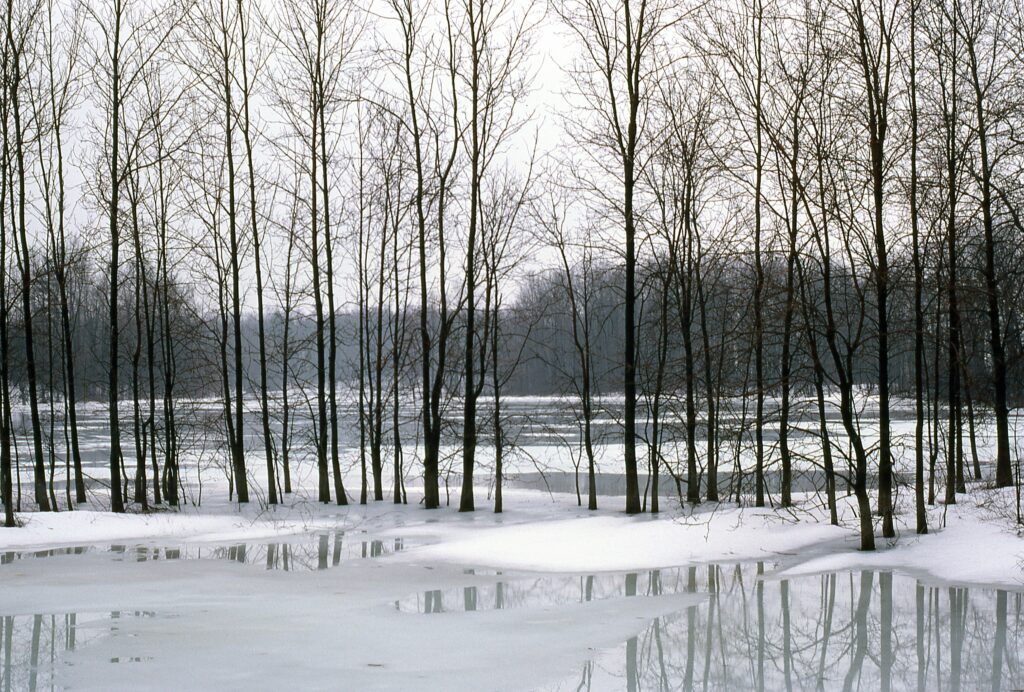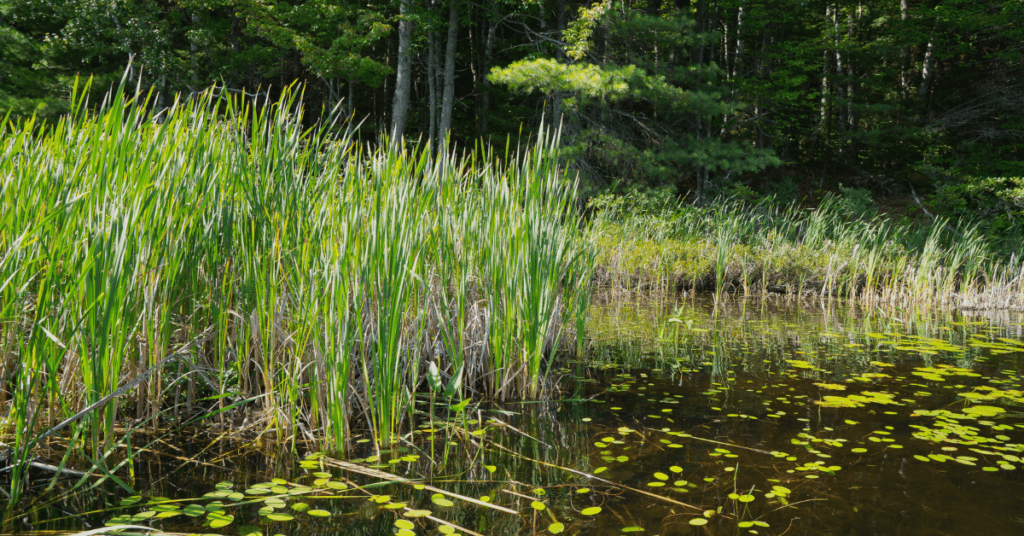For Canada Water Week, March 16-22, Environmental Defence is celebrating water! Each day this week we’ll post a new blog that will explore how our programs all have a connection with water. Today, we’re featuring our Clean Economy Program and how we’re working to stop the all-risk, no reward Energy East tar sands pipeline proposal.
Picture your favourite body of water. Perhaps a summer escape by a lake or a river where you’ve gone fly fishing with your family. Or a pond you’ve used for reflection and meditation. Now imagine that water body oozing with thick black sludge, nearly impossible to clean up, rendering your lake, river or pond unuseable and damaging the wildlife that lives there.
Hundreds of communities across Canada are threatened with this scary scenario because of TransCanada’s Energy East tar sands pipeline proposal. From Alberta to New Brunswick, the proposed pipeline would ship 1.1 million barrels a day of tar sands oil. It’s the largest tar sands pipeline proposal in the world, and it would cross 961 waterways, threatening the water of millions of Canadians.
The pipeline would cross the Red Deer River, which provides drinking water for 100,000 people in Red Deer, Alberta. In Saskatchewan, it would cross the Swift Current Creek watershed. In North Bay, Ont. a pipeline spill could impact Lake Superior.
Residents in these and other communities are rightfully concerned about the risks posed to their water ways. Many communities have already seen their water was damaged. For example, the St. Lawrence Seaway near Cornwall is only now starting to recover from years of industrial pollution. In 2012, a formaldahyde spill contaminated Trout Lake, the main drinking water source for North Bay, which also happens to be threatened by Energy East.
Treaty 3 First Nation near Kenora, Ont. recently said they will not support the Energy East pipeline coming through their land. And the City of Winnipeg committed to a $1 million risk assessment of the proposal in light of safety risks to the Shoal Lake Aquaduct.
In addition to threatening drinking water, Energy East threatens aquatic life. Due to massive community protest, TransCanada recently indicated that it may not locate its pumping station in Cacouna, QC, next to important beluga habitat. This is good news for the whales, but the St. Lawrence is still at risk of spills, putting the jobs of people in the fishing and tourism industry at risk as well. (For photos of places at risk by Energy East, click here.)
Speaking of whales, the iconic and picturesque Bay of Fundy, a World UNESCO biosphere site, is also threatened by Energy East. Environment Canada has shown that tar sands oil (know as diluted bitumen, or dilbit) in cold saltwater is especially problemetic, as the dilbit sinks through the water table and forms tar balls, which are especially difficult to clean up.
The Bay of Fundy’s economy and culture are deeply connected to fishing. Fishing still takes place in the waters around Energy East’s proposed tanker terminal location in Saint John. The Energy East proposal would dramatically increase the size and number of oil tankers plying this coastline, putting fisheries at risk. Even small oil spills would threaten local jobs and access to local food.
There are reasons that civilizations have built villages, towns and cities next to water for millennia. Besides quenching our thirst, water provides recreation, acts as a conduit for economies, and provides a tranquility not easily found elsewhere. For this reason, water must be protected. It shouldn’t be threatened just to add to a company’s bottom line.
As Chief Fawn Wapioke of Iskatewizaagegan (Shoal Lake #39) First Nation said in regards to the Treaty 3 concerns, “Water is sacred. Water is life.”









